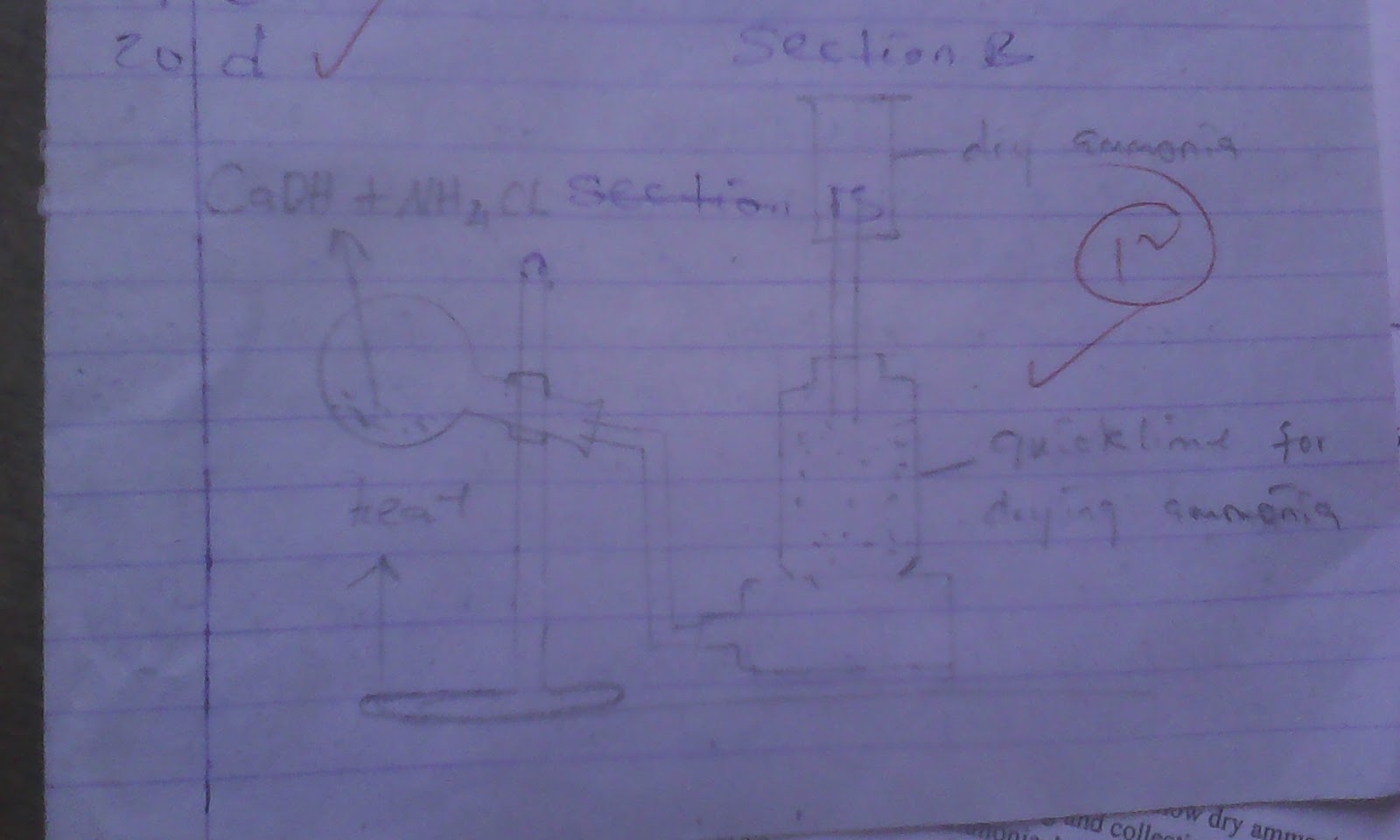
Educational Technology Research and Development 2021, 69 Ideas for supporting student-centered stem learning through remote labs: a response. Steven Turley, Jamie Jensen, Michael Johnson. West, Rebecca Sansom, Jennifer Nielson, Geoff Wright, R. IEEE Transactions on Learning Technologies 2021, 14

An Infrastructure to Deliver Synchronous Remote Programming Labs. Miguel Garcia, Jose Quiroga, Francisco Ortin.

Journal of Biological Education 2021, 2, 1-15. Virtual Laboratories in Health Sciences Education. Laboratory activities to support online chemistry courses: a literature review. Principles of Gel Permeation Chromatography: Interactive Software.
%2C%20(H2O%2BMgO%2BNaOH).jpg)
Form versus Function: A Comparison of Lewis Structure Drawing Tools and the Extraneous Cognitive Load They Induce. The Evaluation of a Hybrid, General Chemistry Laboratory Curriculum: Impact on Students’ Cognitive, Affective, and Psychomotor Learning. Assessing Affective Differences between a Virtual General Chemistry Experiment and a Similar Hands-On Experiment. Production and Evaluation of a Realistic Immersive Virtual Reality Organic Chemistry Laboratory Experience: Infrared Spectroscopy. Review to Analyze and Compare Virtual Chemistry Laboratories for Their Use in Education. Using Virtual Reality to Demonstrate Glove Hygiene in Introductory Chemistry Laboratories. Broyer, Kenny Miller, Shalini Ramachandran, Sheree Fu, Karen Howell, Steven Cutchin. Titrate over the Internet: An Open-Source Remote-Control Titration Unit for All Students. Lysak, Rajshree Ghosh Biswas, Antonio Adamo, Kris S. Challenges Encountered and Students’ Reactions to Practices Utilized in a General Chemistry Laboratory Course During the COVID-19 Pandemic. Leveraging an App to Support Students with Color-Vision Deficiency and Color-Blindness in Online General Chemistry Laboratories. Thinglink and the Laboratory: Interactive Simulations of Analytical Instrumentation for HE Science Curricula. This article is cited by 38 publications.

In this article, we describe the Inorganic Qualitative Analysis simulation we also share specific evaluation findings from using the inorganic simulation in classroom and laboratory settings. We have learned from our evaluation that: (i) students enjoy using these simulations and find them to be an asset in learning effective problem-solving strategies, (ii) students like the fact that they can both reproduce experimental procedures and explore various topics in ways they choose, and (iii) students naturally divide themselves into two groups: creative learners, who excel in an open-ended environment of virtual laboratories, and structured learners, who struggle in this same environment. We have used the inorganic simulation extensively with thousands of students in our department at Brigham Young University. The purpose of our simulations is to reinforce concepts taught in the classroom, provide an environment for creative learning, and emphasize the thinking behind instructional laboratory experiments. We have completed simulations for Inorganic Qualitative Analysis, Organic Synthesis and Organic Qualitative Analysis, Experiments in Quantum Chemistry, Gas Properties, Titration Experiments, and Calorimetric and Thermochemical Experiments. We have created a set of sophisticated and realistic laboratory simulations for use in freshman- and sophomore-level chemistry classes and laboratories called Virtual ChemLab.


 0 kommentar(er)
0 kommentar(er)
